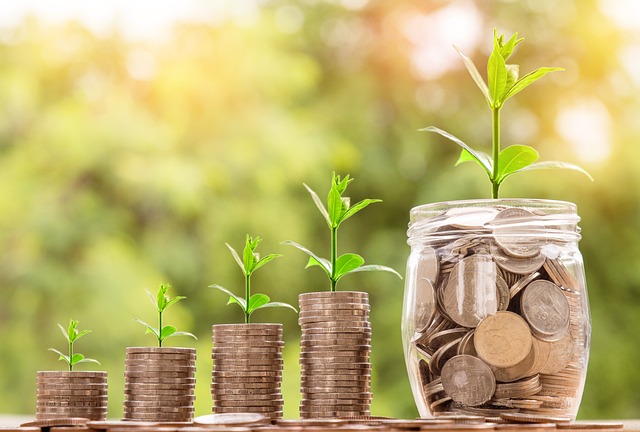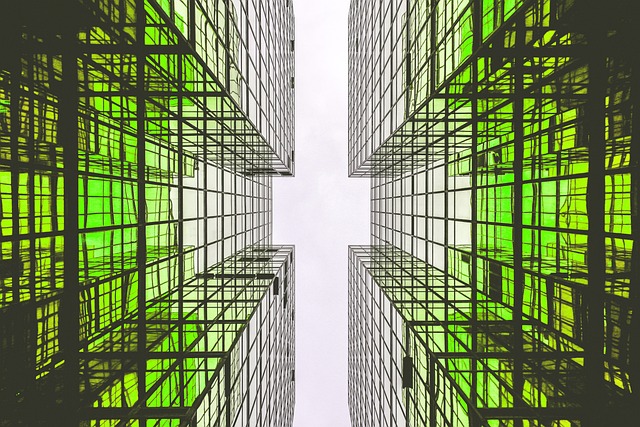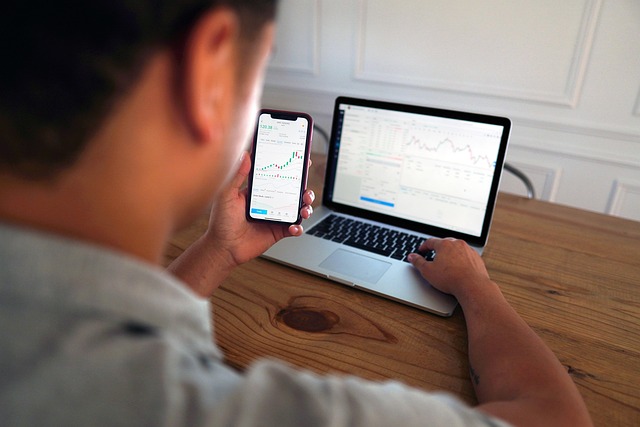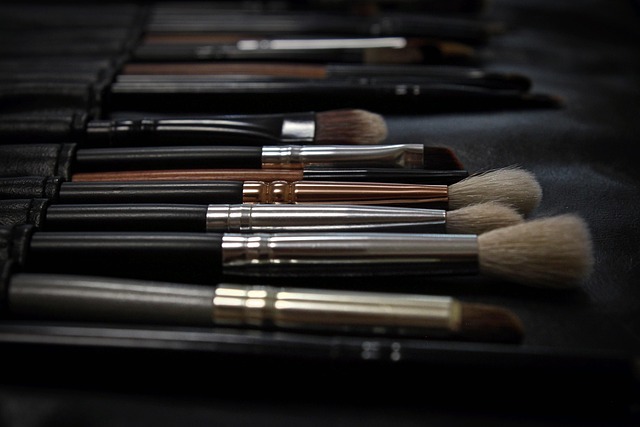The world of fashion is not just about clothing and style; it’s intricately linked to the economy. As trends shift, they reflect and influence economic conditions, creating a fascinating relationship between what we wear and the financial landscape. Here are five fashion trends shaping the economy in ways you might not expect.
1. Sustainable Fashion
With rising awareness about environmental issues, sustainable fashion has taken center stage. Consumers are more inclined to support brands that prioritize ethical sourcing and production. This shift not only drives sales for eco-friendly companies but also pressures traditional brands to adapt. The economy sees a transformation as investment flows into green technologies and materials, reflecting a broader commitment to sustainability.
2. Athleisure Dominance
The comfort-centric athleisure trend has reshaped the retail landscape. As more people work from home and prioritize health, sales of activewear soar. This shift not only boosts revenues for brands like Lululemon and Nike but also affects the economy at large. The demand for high-quality fabrics and innovative designs fosters job creation in manufacturing and development, stimulating local economies.
3. Digital Commerce Expansion
Fashion and technology are merging like never before, with digital commerce becoming a vital sales channel. E-commerce platforms and social media marketing are revitalizing the fashion industry and driving economic growth. As brands invest in digital strategies, they contribute to job creation in tech, logistics, and customer service sectors, showcasing how fashion trends can lead to broader economic opportunities.
4. Vintage and Thrift Shopping
Reviving interest in vintage and thrift shopping is a testament to resourcefulness in tough economic times. Consumers are seeking unique pieces without the hefty price tag. This trend not only promotes sustainability but also provides economic support to smaller shops and local businesses. As thrift stores thrive, the economy benefits from increased foot traffic and the diversity of goods available.
5. Inclusivity in Fashion
Inclusivity has become a defining characteristic of modern fashion. Brands that embrace diverse sizing, gender-neutral clothing, and culturally inspired designs are seeing a significant rise in popularity. This trend not only reflects changing consumer attitudes but also stimulates economic growth by broadening the market. A more inclusive industry means reaching new demographics, resulting in increased sales and a more robust economy.
These fashion trends do more than influence personal style; they play a critical role in shaping the economy. By understanding this intricate relationship, we can appreciate how the choices we make in fashion resonate beyond our wardrobes and into the wider economic realm.




